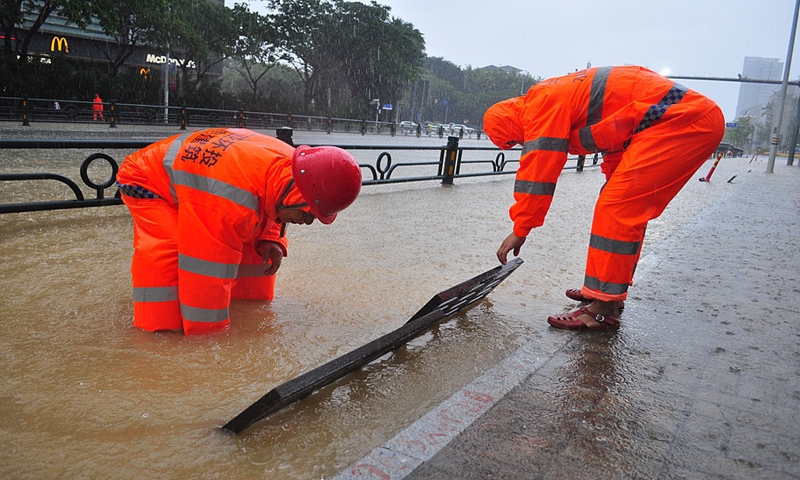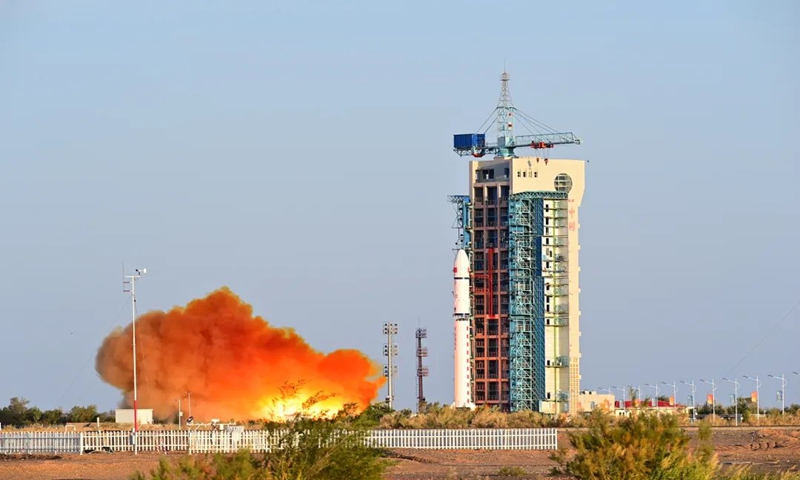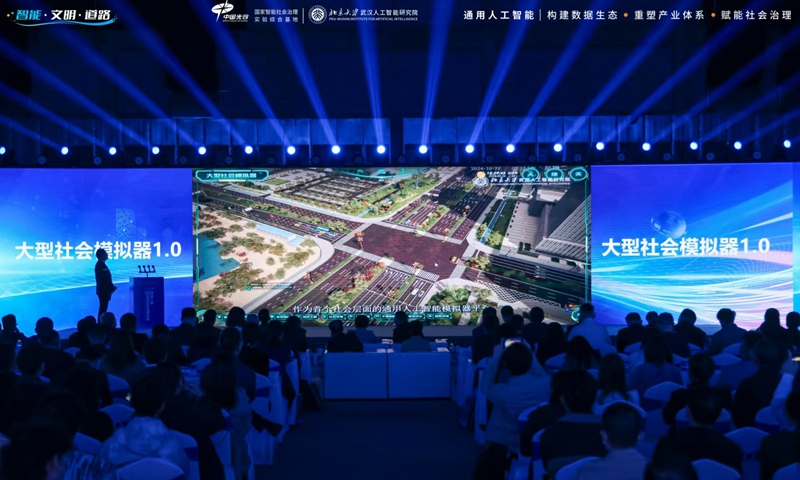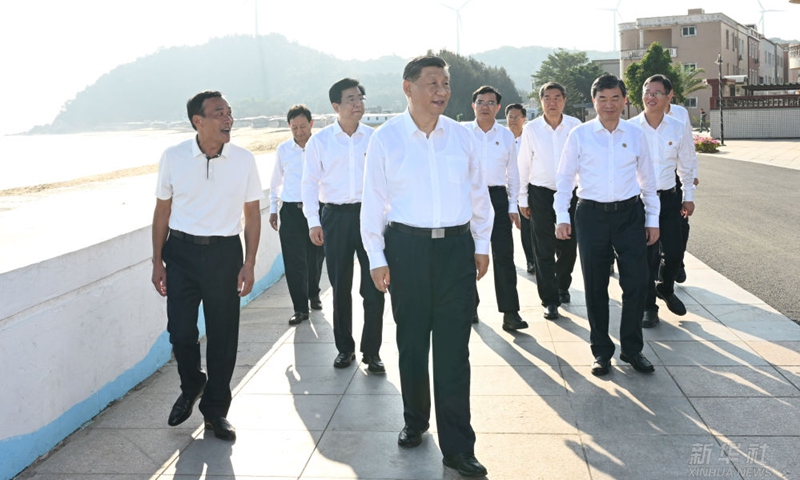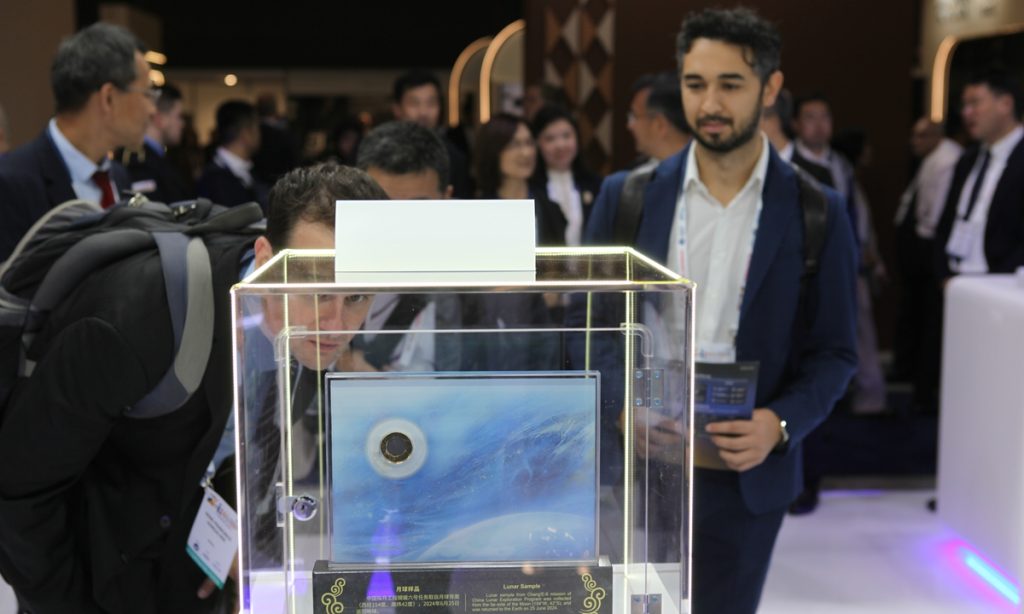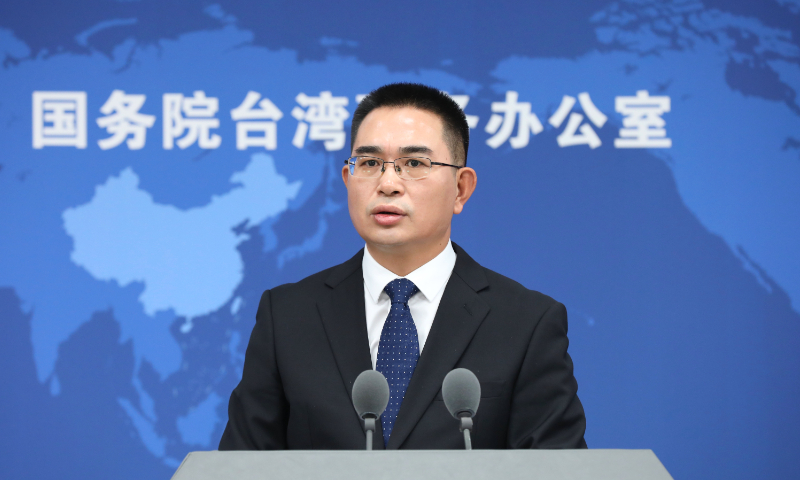Developing countries begin to say no to waste colonialism from developed nations
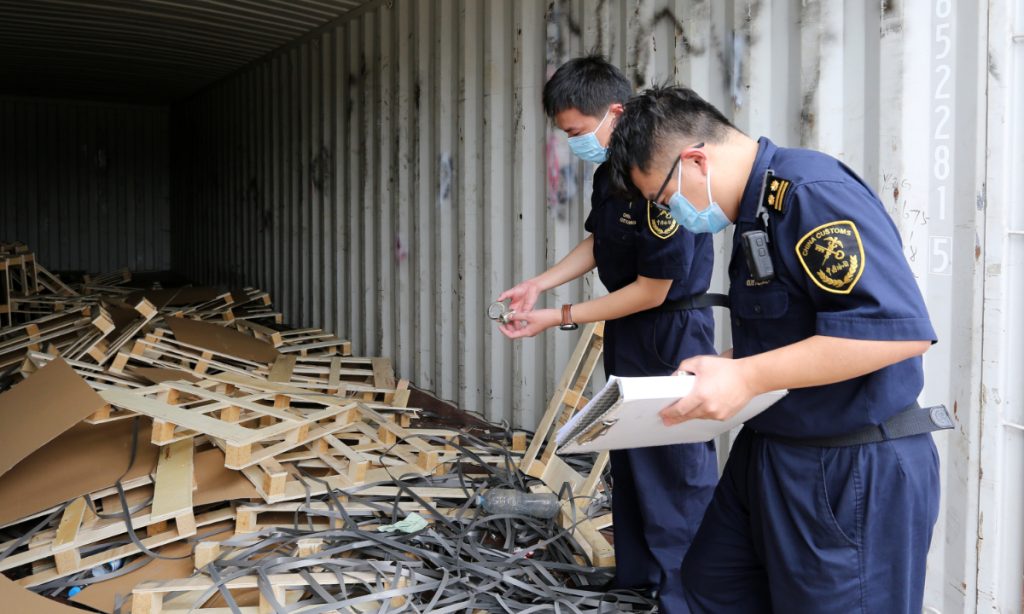
Despite China's ban on solid waste imports three years ago, developed countries continue to exploit regulatory loopholes to export waste to developing countries including China, avoiding higher recycling costs at home.
Other developing countries, such as those in Southeast Asia, alongside China, have increasingly restricted foreign waste imports, but this has not halted the practice.
A key driver of this issue is the profitability and low risk of waste trafficking. Developed countries, aiming to cut costs, use "waste colonialism" as a tactic, exporting plastic and other low-value waste, Ma Jun, director of the Beijing-based Institute of Public and Environmental Affairs, told the Global Times.
Many of these wastes are contaminated with toxic heavy metals and other hazardous substances, leading to significant environmental and public health risks in receiving countries, Ma noted, calling for global efforts to tackle these issues.
'Low-risk crimes'
In China, the imported or smuggled waste is straightforwardly called "foreign waste." Those are low-value waste products from other countries, including untreated organic materials, household waste, medical waste, various industrial waste liquids and residues, as well as certain used electronics or components.
Although some items may hold limited recycling potential, they often fail to meet environmental standards and may release toxic heavy metals, organic chemicals or even radioactive substances during processing, leading to resource depletion and environmental contamination.
In September this year, Lianhe Zaobao reported that a ship carrying 102 containers departed from Albania's Durres port, only to be denied entry upon arrival in Thailand. Some reports indicated that these containers held toxic waste, prompting Thai authorities to reject them.
The term "waste colonialism," as The Guardian's article called it, aptly describes the practice by which Western countries export plastic and other types of waste to less-developed countries.
The EU parliament noted that in 2021 the EU generated 16.13 million tons of plastic waste, averaging 36.1 kilograms per person. Although 6.56 million tons were recycled, about half of the collected plastic waste was exported for processing, often to non-EU countries with fewer resources for safe waste management.
In 2022, the US exported more than 950 million tons of plastic waste meant for recycling and a significant portion of that ended up in Southeast Asia, PBS reported.
Historically, China was a primary destination for these exports, but recent restrictions have prompted the waste to go to other countries, primarily Turkey, India and Egypt, with increasing risks of incineration and landfill use, according to the EU parliament.
Southeast Asia is another destination of developed countries' dumps.
Nikkei Asia reported that from 2017 to 2021, ASEAN countries, which comprise less than 9 percent of the global population, received approximately 17 percent of all global plastic waste imports, based on UN data. A Greenpeace report from 2019 highlighted a sharp 171 percent increase in plastic waste imports to Southeast Asia, rising to 2.26 million tons between 2016 and 2018 alone.
Imported trash has swamped Southeast Asia, Nikkei Asia said.
Liu Jianguo, a professor from Tsinghua University's School of Environment told Global Times that the global flow of "foreign waste" from developed to developing countries has not significantly changed, primarily due to the ongoing disparity in global industrial division. Developed countries tend to focus on high-value industries like R&D and manufacturing, while lower-value waste recycling industries are relegated to developing countries.
"In today's globalized world, waste management has become an increasingly pressing concern in which production, consumption habits, waste crime, waste trafficking, corruption, organized crime, money laundering and the circular economy are intertwined," said Masood Karimipour, UN Office on Drugs and Crime Regional Representative for Southeast Asia and the Pacific. "The crime of waste trafficking is taking away the value that legal, well-regulated waste trade brings to sustainable economies."
"Waste trafficking is a crime that has a profound impact on the environment, bringing high profits and low risks to perpetrators. If we are to fight this crime, we must change this by closing regulatory gaps, increasing enforcement, and strengthening cooperation at home and abroad," said Preeyaporn Suwannaked, Director General of the Pollution Control Department of the Ministry of Natural Resources and Environment of Thailand.
International push
In response to escalating global plastic pollution, ethical responsibility and strengthened regulation are emphasized as essential measures to address the problem of "foreign waste."
In March 2022, the resumed fifth United Nations Environment Assembly (UNEA-5) adopted a historic resolution to establish an international legally binding agreement on plastic pollution, including oceanic plastic pollution.
Following China's lead, several countries are also taking action. Thailand has announced a comprehensive ban on plastic waste imports, set to take full effect by January 1, 2025.
"To resolve this issue, there must be a balanced international industrial division and an improvement in developing countries' economic and regulatory capabilities," Liu emphasized. "For developed countries, voicing environmental slogans is futile without genuine accountability. They must both regulate waste exports and establish robust domestic recycling systems to avoid outsourcing the cost to less affluent countries," Liu said.
Ma also emphasized that the rising living standards in developing countries are leading to increased domestic waste production, which necessitates efficient waste management systems and stringent regulation.
He noted that China currently mandates waste incineration companies to install online monitoring systems and publicly disclose emissions data. This rigorous regulatory approach has garnered interest from other developing countries and serves as a model they could adopt.
